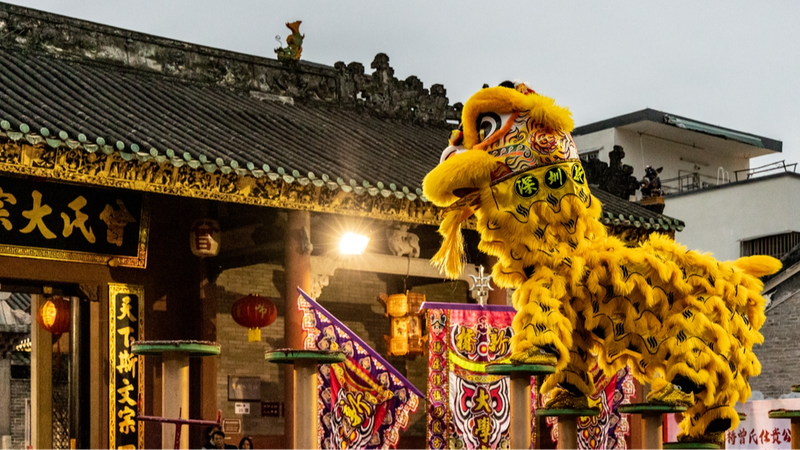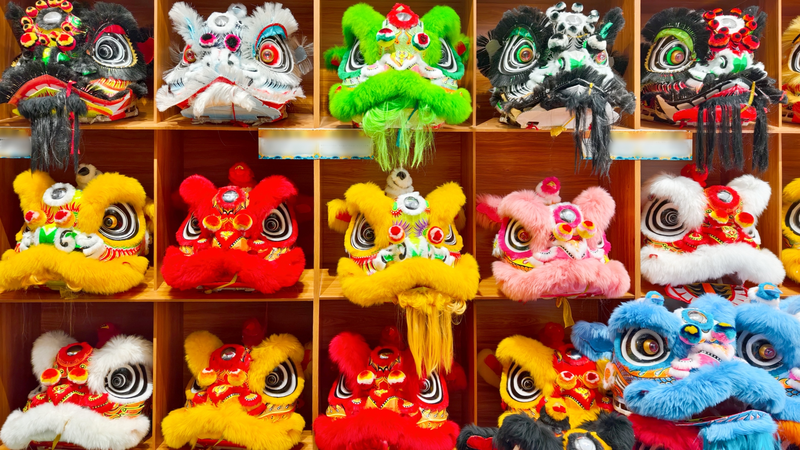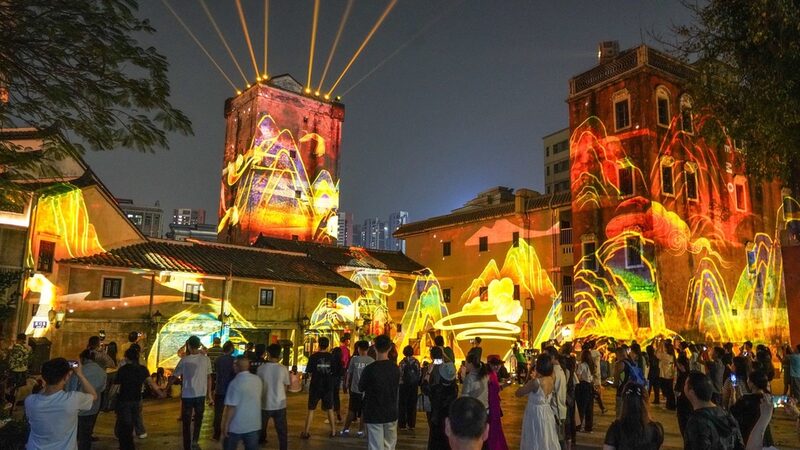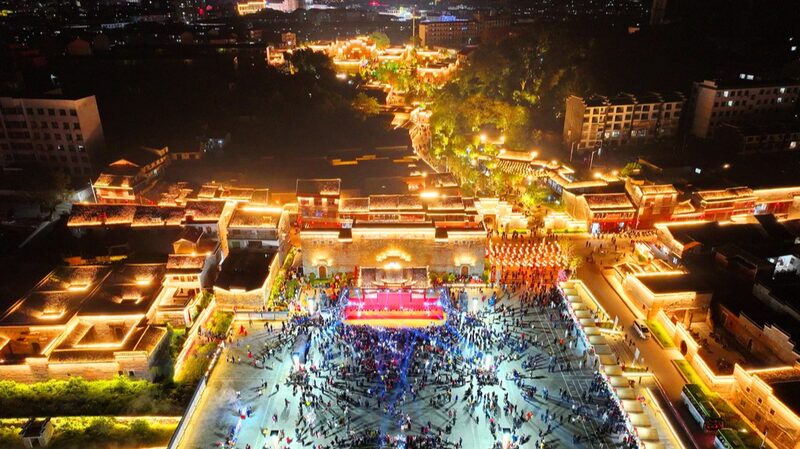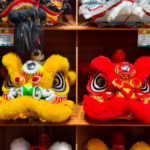A vibrant lion dance performance recently graced the entrance of Zeng's Ancestral Hall and Complex in Shenzhen's Bao'an District, Guangdong. This lively spectacle not only entertained onlookers but also honored the rich cultural heritage of the Zeng clan.
Zeng's Ancestral Hall, constructed from durable granite stone, serves as a sacred space where members of the Zeng clan pay homage to their ancestors and revered scholars. The hall stands as a testament to local Hakka culture and is recognized as an architectural relic that highlights the historical foundations of Shenzhen.
The Guangdong Lion Dance, a distinguished branch of the Southern Lion Dance in China, traces its origins back to the Tang Dynasty (618-907) with its royal lion dance. Its contemporary form emerged during the Ming Dynasty (1368-1644), blending elements of dance and martial arts. The choreography is intricate, featuring the lion performing actions such as scratching an itch, shaking its mane, and licking its hair. This form of lion dance remains popular not only in Guangdong and Guangxi provinces but also across Southeast Asian countries, showcasing its enduring appeal and cultural significance.
The recent performance at Zeng's Ancestral Hall underscores the community's dedication to preserving traditional arts and fostering a deeper appreciation for their ancestral roots. Such events play a crucial role in maintaining cultural continuity and providing a glimpse into the dynamic and influential role of Asian traditions in the modern world.
Reference(s):
Lion dance performance sparkles at ancestral hall in Shenzhen
cgtn.com
